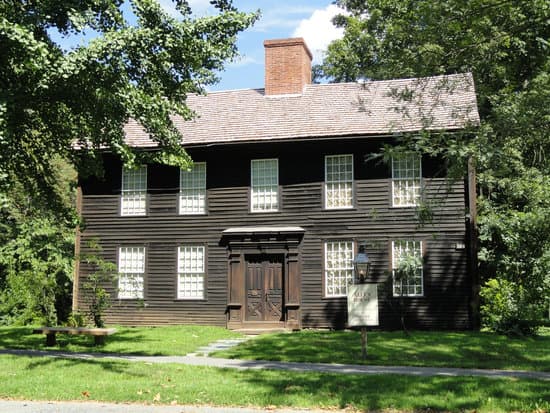Understanding Capital Gains and the 2 out of 5 Year Rule
Selling a primary residence can be a little complicated when it comes to taxes. However, understanding the rules regarding capital gains and the 2 out of 5 year rule can save you a considerable amount of money in taxes. The 2 out of 5 year rule allows you to exclude a portion of capital gains from the sale of your primary residence from your taxes if you have lived in the home for at least two of the five years immediately preceding the sale. This rule is important because it means that home sellers can exclude some of the profits they make on the sale of their home from their taxable income.What Are Capital Gains?
Capital gains are the profits made from the sale of a capital asset, such as a home. For example, if you bought a home for $200,000 and sold it for $300,000, you have a capital gain of $100,000. Taxes are due on capital gains, but the amount of tax varies based on several factors, including how long you owned the property, the profit you made on the sale, and whether or not the property was your primary residence during that time.How Does the 2 out of 5 Year Rule Work?
The 2 out of 5 year rule allows home sellers to exclude a portion of capital gains from their taxable income if they have lived in the home for at least two of the five years immediately preceding the sale. For example, if you sell your home after living in it for three years, you can exclude a portion of your capital gains from your taxable income. The amount you can exclude is pro-rated based on the amount of time you lived in the home. If you lived in the home for two out of the five years immediately preceding the sale, you can exclude up to $250,000 of capital gains from your taxable income as a single taxpayer, or up to $500,000 if you are a married couple filing jointly.Exceptions to the 2 out of 5 Year Rule
There are certain circumstances that may allow for exceptions to the 2 out of 5 year rule. These exceptions include situations such as:- Change in employment
- Health issues
- Unforeseen circumstances such as a natural disaster, death, divorce or separation
Implications of the 2 out of 5 Year Rule for Home Sellers
The 2 out of 5 year rule can have significant implications for home sellers. By living in the home for at least two years prior to the sale, homeowners can exclude a portion of their profits from their taxable income. This can be a substantial amount of money, particularly if the home has appreciated significantly during the time the homeowner has owned it. Therefore, it is important for home sellers to plan ahead and ensure that they have lived in the home for at least two years prior to the sale. Key Point: By living in the home for at least two years prior to the sale, homeowners can exclude up to $250,000 of capital gains from their taxable income as a single taxpayer, or up to $500,000 if they are a married couple filing jointly.Calculating Capital Gains Tax After the 2 out of 5 Year Rule
If a homeowner has lived in a home for less than two years prior to selling it, they will not be eligible to exclude any capital gains from their taxable income. However, they may still be able to prepare for the capital gains tax by calculating it beforehand. To calculate the capital gains tax, the following formula can be used:- Determine the basis of the property (usually the purchase price)
- Calculate the amount of capital improvements made to the property (such as renovations)
- Deduct the basis and improvements from the sale price to determine the capital gain
- Calculate the tax on the capital gain based on the homeowner’s tax bracket






















